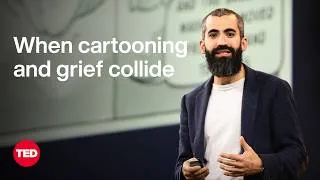Emily Oster: What do we really know about the spread of AIDS?
Emily Oster Afrika'daki AIDS sorunu hakkındaki fikirlerimizi tepetaklak ediyor
30,388 views ・ 2007-07-16
Videoyu oynatmak için lütfen aşağıdaki İngilizce altyazılara çift tıklayınız.
New videos
Original video on YouTube.com
Bu site size İngilizce öğrenmek için yararlı olan YouTube videolarını tanıtacaktır. Dünyanın dört bir yanından birinci sınıf öğretmenler tarafından verilen İngilizce derslerini göreceksiniz. Videoyu oradan oynatmak için her video sayfasında görüntülenen İngilizce altyazılara çift tıklayın. Altyazılar video oynatımı ile senkronize olarak kayar. Herhangi bir yorumunuz veya isteğiniz varsa, lütfen bu iletişim formunu kullanarak bizimle iletişime geçin.







